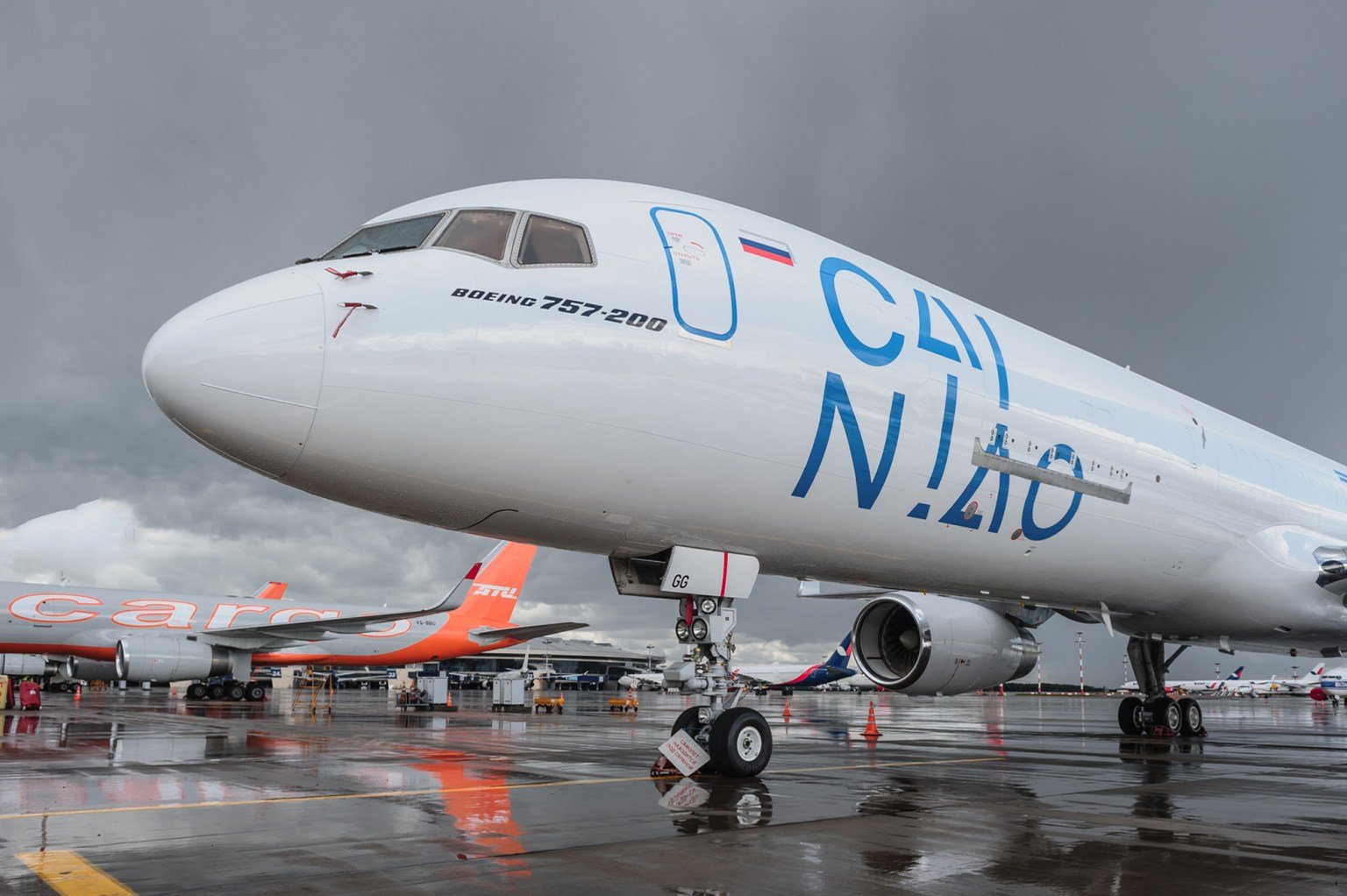HIGHLIGHTS
- South-east Asia’s e-commerce boom remains an “untapped” opportunity for intra-Asia trade.
- Logistics services still have many shortcomings. They need to be improved to best support e-commerce, which will take more and more proportion in businesses.
FULL ARTICLE
Potential needs to be exploited
According to Facebook and Bain & Company’s annual e-commerce report, South-east Asia’s digital retail market grew by 85% (2020), with more than 70 million consumers since the pandemic began.
Euromonitor, estimated that by 2025, online food and beverage sales will increase to 172.8 billion USD, accounting for over 57% of the e-commerce market share. The reason was supposed to be the movement restrictions during the epidemic period, which has led consumers to seek online sales platforms to satisfy their essential needs.

It was forecasted that in the coming years, e-commerce businesses of the Asia-Pacific region such as Shopee, Grab and Lazada, etc., as well as some supermarket chains, would exploit their omni-channel sales to seize this business opportunity.
The necessity to develop logistics network
Currently, there are shortcomings in the logistics services, thus multi-channel model deployment brings great opportunities for businesses to gain growing market value.
McKinsey estimated that contract logistics currently accounts for just about 20% of the omni-channel order distribution in retail and consumer goods market share.
“In the near term, the logistics sector is best placed to render support to e-commerce businesses to unlock the potential of the large, untapped e-commerce market within Asia,” said Ken Lee, CEO DHL Express Asia Pacific.
In order to make last-mile deliveries more effective, goods are often stocked in different locations (decentralized strategy). The use of multi-channel models has increased inventory costs. Many logistics companies have struggled in lean operation and development while still getting cost optimization.
The solutions for these logistics companies are to understand customer demand, invest in transportation technology and tools to maximize customer satisfaction.
Some new air flights have been deployed to serve the intra-Asia market. Most recently, Alibaba’s logistics company Cainiao added direct flights between China and East Malaysia. In addition, Cainiao had announced that with the cooperation with Lazada, its logistics network had been upgraded to ensure a 50% improvement to delivery times from China, to South-east Asian consumers within 6 days.

Vietnam e-commerce market
According to Fintech News, in the context that the supply chain has been impacted hard by the global health crisis, some Vietnamese businesses actively deployed e-commerce in their development strategies.
When the exportation has been severely affected, cross-border e-commerce was considered a “salvation” to turn the tables, and open up many opportunities to participate in the global supply chain.
Vietnam E-commerce Association (VECOM) supposed that, to improve the efficiency of e-commerce, logistics businesses needed to focus on modernizing equipment management, applying information technology, increasing linkages with enterprises in the same field as well as with e-commerce enterprises. Companies need to determine that the e-commerce market share will take more and more proportion in business activities.
Thanh Thao
FURTHER READING
An e-commerce platform for the seafood industry













